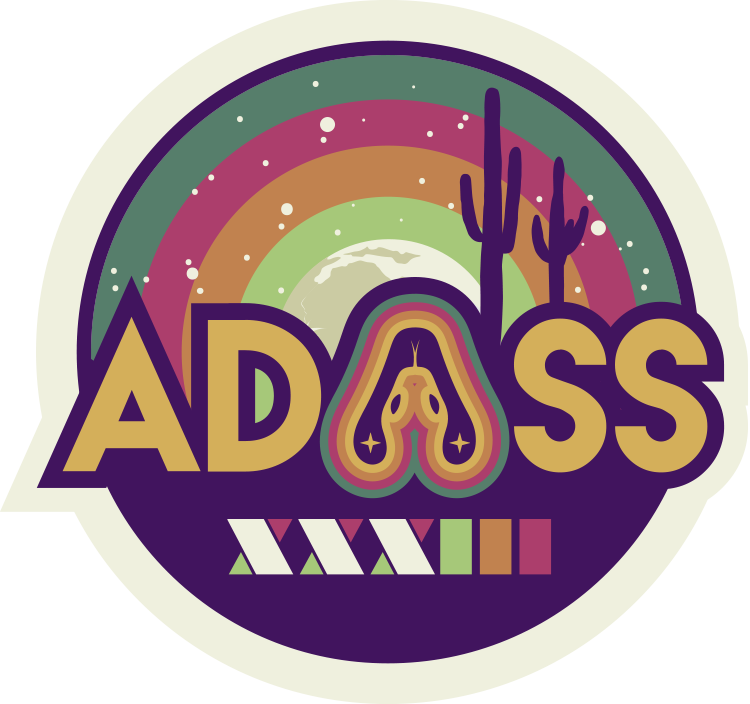ADASS posters are displayed all week
When
Theme: Science with data archives: challenges in multi-wavelength and time domain data analysis
Galaxy catalogues with large number of images of galaxies observed at several wavelengths have become available. Examples of such catalogues are produced by survyes such as SDSS, DES, and CANDELS. Using these catalogues, galaxies are classified utilizing eye-fit such as the one applied to Galaxy Zoo project. Such an excercise is very time consuming and it is not apt for big datasets. In addition, recent catalogues include galaxies at higher redshift. These galaxies are observed with poor resolution and the galaxy evolution with redshifts may mean that the traditional galaxy classification scheme may not be sufficient. Other automated methods that are applied to large datasets, either extract morphological parameters such as concentration, clumpiness, asymmetry etc., or estimate photometric parameters.
Recent times Machine Learing techniques such as Convolutional Neural Networks (CNN) and Support Vector Machine (SVM) are applied to galaxy classification problem with varying degree of success. Many authors have applied CNN based schemes along with many techniques to improve the success rate, such as dropout regularization and transfer learning. However these techniques require large computational power and and human created training catalogues. The resulting output classes are restricted to the classes in the training dataset.
Recently the technique of "Topological Data Analysis (TDA)" is being used for image segmentation, classification and object detection. This method uses techniques like persistent homology or tSNE to identify topologically connected components in the images. Although this technique is used in other sciences, it has not been used much in astronomy. The TDA technique is applied to studying large scale structures, such as finding voids and filaments and Cosmic Microwave Background (CMB) data. However the TDA tecnique has not been applied to galaxy classification problem. In this work the TDA method is applied to known galaxy classification catalogues in order to evaluate whether this method can be used for large multi-wavelength datasets.



